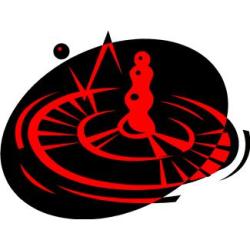Source Institutions
Source Institutions
Add to list Go to activity
Activity link broken? See if it's at the internet archive

In this math lesson, learners extend their understanding of basic probability concepts as they learn to name all of the possible outcomes of an event as well as ways to express the likelihood of such an event occurring. Learners use large number cubes and oversized playing cards as they explore ways to express probability. Learners are then actively engaged in a probability experiment where they must collect, organize, display, and interpret data concerning thirty spins on a "mystery spinner."
- 10 to 30 minutes
- 45 to 60 minutes
- $1 - $5 per group of students
- Ages 8 - 11
- Activity, Lesson/Lesson Plan
- English
Quick Guide
Materials List (per group of students)
- Deck of large playing cards
- Ice cube in a dish
- Large foam number cube
- Large spinner
- Computer software: Interactive Mathematics Program or similar software
- Individual marker boards or mini-chalkboards
- Markers or chalk, and erasers
- Mystery Spinners concealed in envelopes (These can be pre-made by using a paper-clip and fastener or commercially produced spinners)
- Large chart paper
- Markers or crayons
- Activity Sheet: Mystery Spinners, page 1
- Activity Sheet: Mystery Spinners, page 2
Subjects
-
Mathematics
-
Data Analysis and Probability
- Data Analysis
- Data Collection
- Data Representation
- Probability
-
Measurement
- Rate
-
Number and Operations
- Fractions
-
Data Analysis and Probability
Audience
To use this activity, learners need to:
- see
- read
- touch
Learning styles supported:
- Involves teamwork and communication skills
- Involves hands-on or lab activities
Other
This resource is part of:
Access Rights:
- Free access
By:
Rights:
- All rights reserved, PBS, 2012
Funding Source:
- US Department of Education
